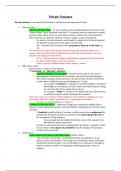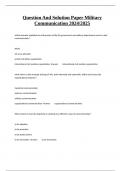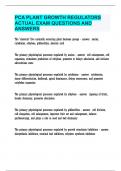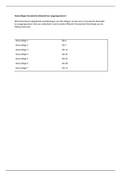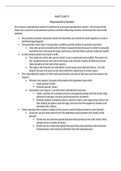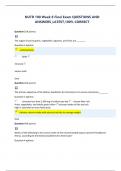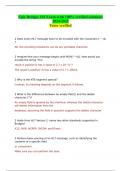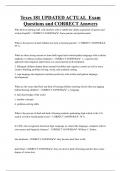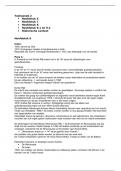Summary
Tort Law - Private Nuisance Summary/Problem Question Structure
- Module
- Tort Law
- Institution
- Oxford University (OX)
Comprehensive summary/exam notes on the topic of private nuisance in Tort Law. This document sets out a structure that can be used to answer any problem question on the topic. It sets out who can sue, who can be sued, the test for nuisance following the 2023 UKSC case of Fearn v Tate (including how...
[Show more]
